The Bungalow: Variations and Examples
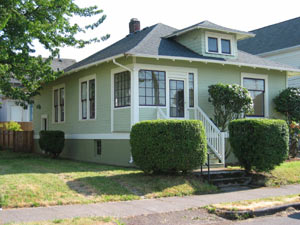
The Bungalow house style of architecture is a single family house type whose popularity grew in the western United States at the turn-of-the-century. Bungalows offered low cost, simple living quarters with an artistic touch to many Americans getting by on modest means.
With its special features- style, convenience, simplicity, sound construction, and excellent plumbing- the bungalow filled more than the need for shelter. It provided fulfillment of the American dream.
Types of Bungalow Styles include: California, Arts & Crafts (Craftsman), Mission, Tudor, Prairie, Pueblo, Chicago, Cape Cod, and Moderne.
How to Spot a Bungalow
- Overall architecture has a low profile with prominent horizontal accents
- Usually no more than one and one-half stories
Specific Bungalow Examples.
Bungalow Books and Magazines.
Resource No. 509
American Bungalow
A magazine published in the interest of preserving and restoring the modest American 20th century home, the bungalow, and the rich lifestyle it affords.Resource No. 511
Bungalow Style:
Treena Crochet
The classic American bungalow is as popular today as when introduced in the Victorian era. Bungalow Style pictures a wide variety of interior details and describes how to add or restore elements that suggest a historic flair while keeping the home comfortable and functional.Resource No. 512
Craftsman Bungalows:
Yoho & Merritt
From the late nineteenth century to the early 1920s, the Arts and Crafts Movement spread with great popularity across America. With origins in Britain, the Craftsman style was a reaction against the excesses of the Victorian era.Resource No. 513
Craftsman Bungalows:
Gustav Stickley
Gustav Stickley (1858-1942) was one of the leading lights of the Arts and Crafts movement in America, an organized effort which sought beauty in simple organic design. His magazine, The Craftsman, was a major forum for the movement's ideas and concepts — ideas which today are enjoying a renaissance in the design community.Resource No. 510
Gustav Stickley's Craftsman Homes and Bungalows
Gustav Stickley
In 1901, Gustav Stickley began to create the first uniquely American style of furniture and home design—known as Craftsman. Stickley's principles of home design include construction that is in harmony with its landscape, open floor plans, built-in storage, and natural lighting. He was a major influence on Frank Lloyd Wright, and he remains one of the great names in American architecture.
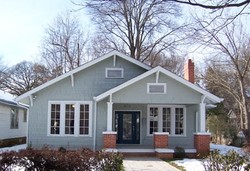 1921 California Bungalow
1921 California Bungalow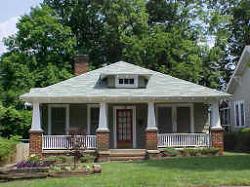 1929 Craftsman Bungalow
1929 Craftsman Bungalow 1947 Cape Cod
1947 Cape Cod 1926 Modern
1926 Modern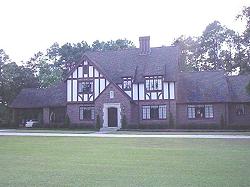 Tudor Revival
Tudor Revival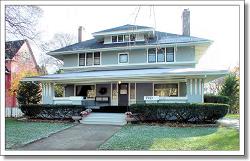 1907 Prairie Style
1907 Prairie Style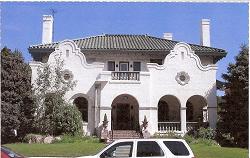 1914 Mission
1914 Mission




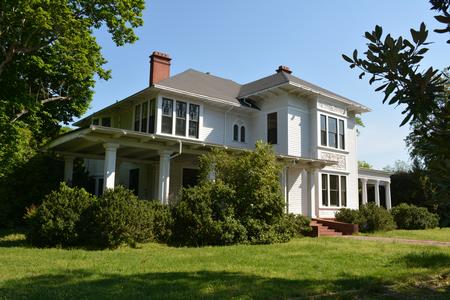 OldHouses.com headquarters, Union, SC.
OldHouses.com headquarters, Union, SC.